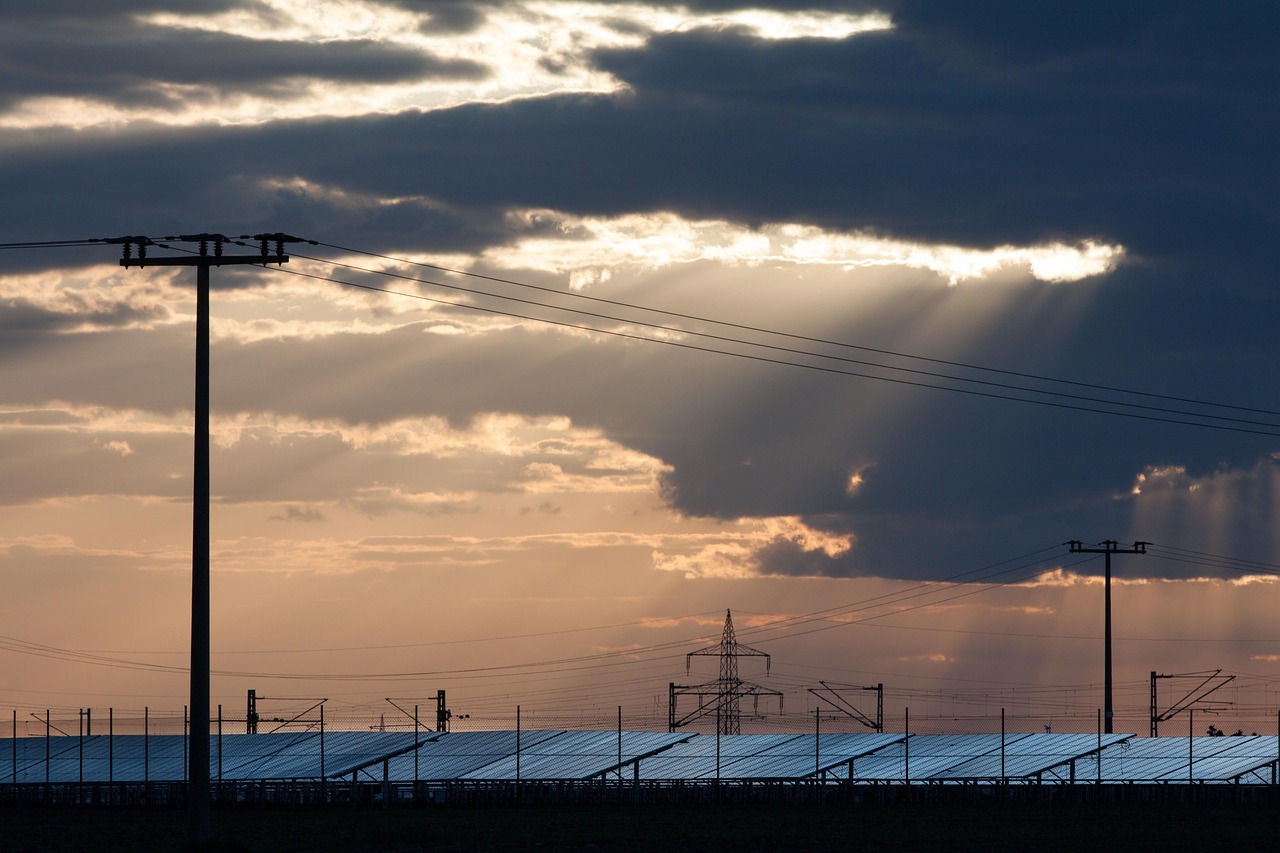Industry News
Deciphering Buyer Decisions in GW-Scale Component Orders: Chinese PV Giants Compete in New Arenas
Times:2025-07-21 Views:118
In the current wave of technological transformation in the PV industry, leading international purchasers and project investors, including TotalEnergies, Lightsource BP, Engie, Solarpro, Brookfield Renewable, and Enel, face complex decision-making challenges. They must not only contend with the rise of advanced components like N-type Back Contact (BC) technology and TOPCon 2.0 but also balance supply chain quality assurance, ESG compliance, and the trade-off between cost and performance.
Procurement Logic for New Technology Products: Engie's Pioneering Exploration and Risk Aversion
One of the most notable events this year was Engie's bold order of over 1GW of brand-new second-generation BC components, boasting power output up to 670W and conversion efficiency as high as 24.8%. This demonstrates that even companies traditionally conservative towards new technologies are willing to become "early adopters" when driven by specific strategic relationships and potential ROI.
However, this early adoption is not without risks. Purchasers generally adopt a cautious approach. For instance, Brookfield Renewable's Procurement Director emphasizes that in addition to product and process upgrades, potential quality issues arising from new materials require high vigilance. TotalEnergies also adheres to clear validation processes, conducting additional laboratory verifications before deployment and collaborating with third-party organizations to monitor quality data. This strategy reflects their experience from the transition from P-type to N-type modules two years ago, proving that robust risk management mechanisms are crucial as technology iterations accelerate.

The Game of Price vs. Quality: The Critical Role of Third-Party Quality Management
As component power increases, dimensions grow, and materials thin, product quality issues become more prominent. Third-party organizations play an increasingly vital role in procurement decisions. Engaging third parties for testing and evaluation at the preliminary research stage has become a common practice. Companies like Engie and Lightsource BP commission specialized inspections by third parties during project execution and mass production, especially for new high-efficiency modules.
All participants agree on conducting stringent Bill of Materials (BOM) audits to ensure that procured components and equipment meet reliability standards. This is particularly crucial for technologies like TOPCon, HJT, and BC, which are more sensitive to manufacturing processes and packaging materials.
Despite the critical importance of quality, price and cost remain key factors influencing procurement decisions, as they directly impact ROI. Price sensitivity also varies across markets; for example, the US market shows higher price tolerance, while the Chinese market is more sensitive and competitive.

Expanding Application Scenarios: Integrating HBDTECH PV550 Solar Water Pump Inverter
While component efficiency continues to improve, the overall effectiveness of a solar PV system also relies on efficient and reliable supporting equipment. In many remote or agricultural settings, solar water pump systems have become an economical and environmentally friendly solution. The HBDTECH PV550 solar water pump inverter can efficiently convert the DC power generated by solar components into AC power to drive various water pumps, meeting needs for irrigation, drinking water, or aquaculture.
When purchasers select high-power, high-efficiency BC or TOPCon components, pairing them with high-performance solar pump inverters like the HBDTECH PV550 can maximize the overall system's power generation efficiency and the water pump's operational performance. The high conversion efficiency and stable operation of the HBDTECH PV550 ensure that the water pump can continuously and stably supply water even under fluctuating light conditions, thereby further enhancing the practical value and ROI of solar projects. This pairing ensures that the entire solar water pump system maintains reliability and longevity even in demanding working environments, meeting purchasers' high demands for overall system quality and reliability.
ESG and Supply Chain Traceability: A New Competitive Dimension
Sustainability and ESG (Environmental, Social, and Governance) compliance have become a new focus for Chinese PV companies competing in international markets. International buyers like Lightsource BP and Enel now require suppliers to provide Environmental Product Declaration (EPD) certificates, sign supplier codes of conduct, and enable serial number-based traceability for components, even demanding traceability down to the seventh tier of the supply chain, including polysilicon and quartz mining.
This stringent ESG requirement and supply chain transparency make ESG performance and traceability capabilities key competitive advantages, alongside price and product performance. Leading PV enterprises have made significant progress in ESG by establishing vertically integrated traceability systems. Third-party organizations like TÜV Rheinland have also developed new traceability standards to help companies meet increasingly strict market requirements and provide ESG auditing services for PV and energy storage products.

Conclusion
The current PV market presents increasingly complex buyer decisions. Beyond traditional price and quality considerations, factors such as technology route selection, risk management, implementation of third-party quality control, and the emerging importance of ESG and supply chain traceability all significantly influence GW-scale component orders. Through these multifaceted considerations, international purchasers are actively adapting to industry changes, ensuring their competitiveness and sustainable development in the new PV landscape.









